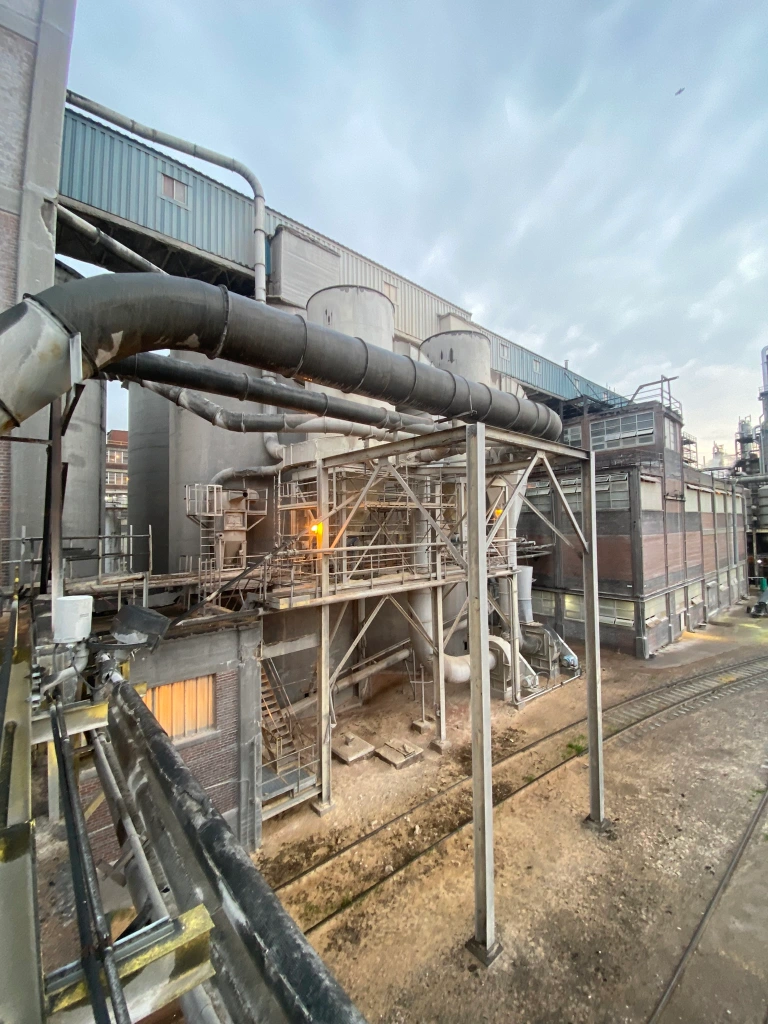We had the opportunity to scan a baghouse, which was used in the design and construction process of two new baghouses for Alto Ingredients. The goal was to use advanced scanning technology to create a detailed and accurate digital model of the dust collector system.
Ultimately, the integration of 3D laser scanning technology not only streamlined maintenance procedures but also enhanced overall operational reliability and longevity of the dust collector. This case study underscores the transformative impact of digital innovation in industrial maintenance practices, paving the way for more efficient and sustainable operations.
Project Details
- Client: Alto Ingredients
- Category: 3D Laser Scanning
- Tools: RTC360, Leica BLK360, Revit, AutoCAD

The process involved scanning the entire structure from multiple angles using a laser scanner, which captured an accurate rendering of the existing environment.
For this project, we used both the Leica BLK360 and the RTC360 (pictured).


This provided invaluable data for analysis and design improvements, such as detecting areas of wear and tear, optimizing airflow dynamics, and planning for maintenance or upgrades.
The point cloud data we collected was used in the creation of two new baghouses.


This digital twin enabled engineers to conduct thorough assessments of the equipment’s condition, identify potential issues like structural wear or inefficiencies in dust collection, and plan targeted maintenance strategies.
We provided a foundational asset for future modifications or expansions, offering a clear visualization of the system’s components and their interrelationships.


